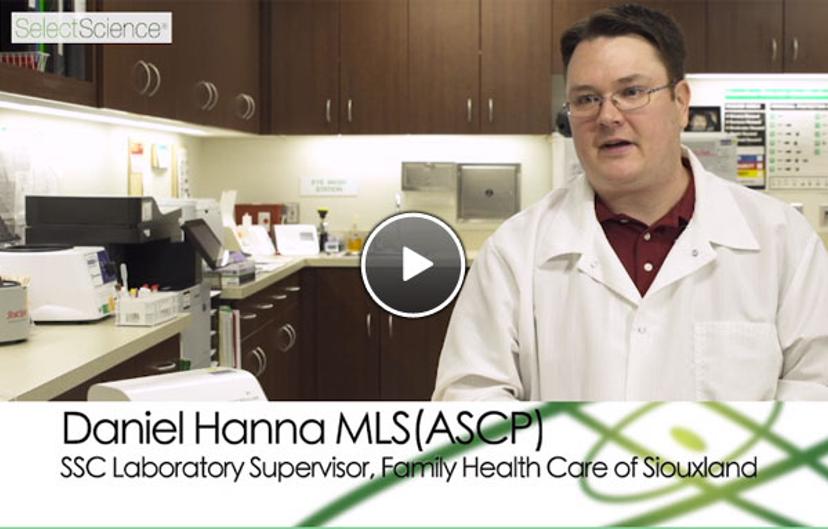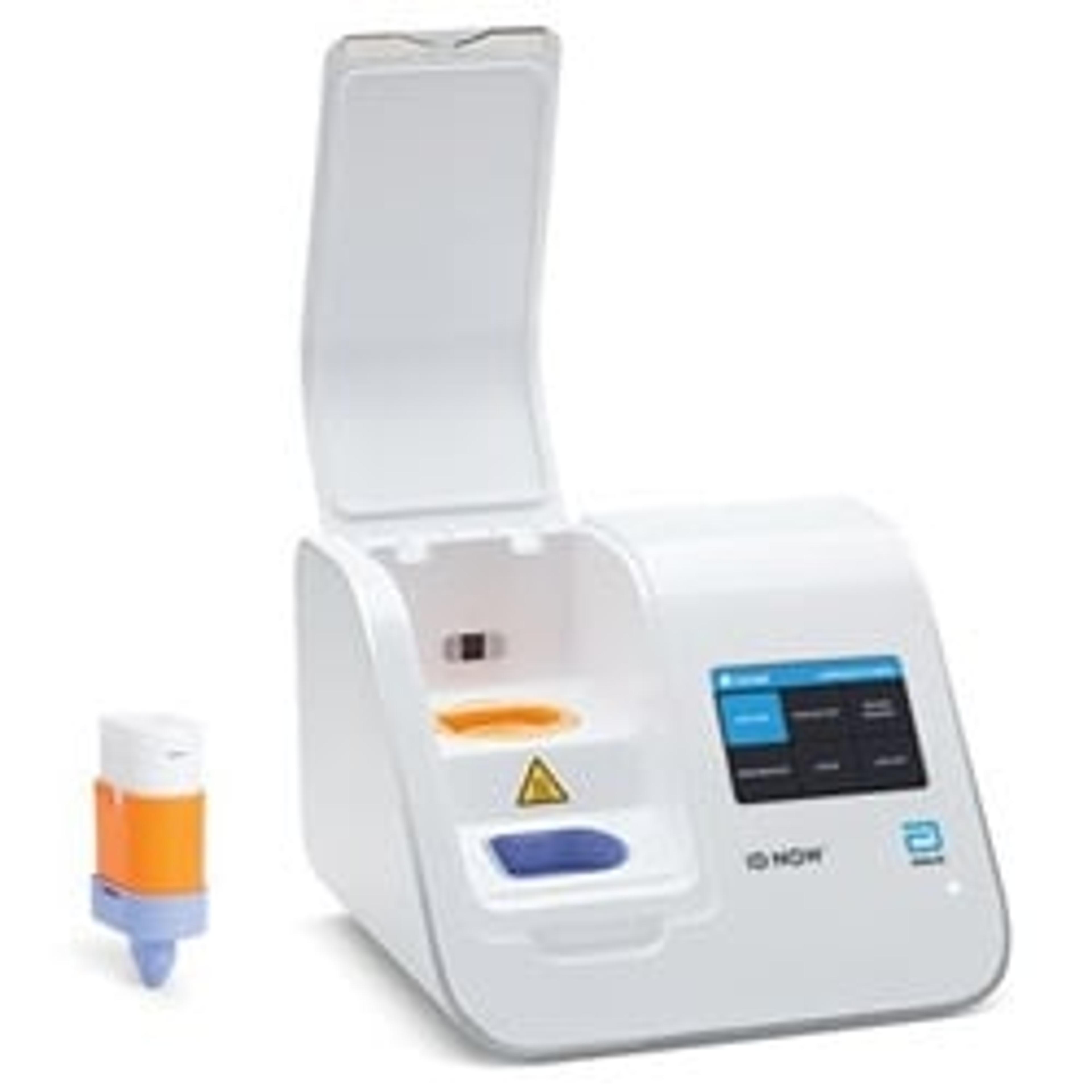Rapid Infectious Disease Diagnostics Fighting Antibiotic Resistance
Discover how cutting edge technology is helping infectious disease laboratories to fight antibiotic resistance
17 May 2016

A virus in the bloodstream
Image: Shutterstock/Peshkova
The antibiotic resistance crisis has been in the news again recently, as healthcare ministers across Asia prepare to present a new regional action plan to G7 ministers later this month. Long turnaround times from laboratory infectious disease testing, has played a role in fuelling this crisis, as traditional blood culture methods often take days to produce results.
As a result of this delay, clinicians have had to make treatment decisions before results are available, prescribing broad spectrum antibiotics because they don’t have the information required to make a targeted treatment decision.
Although many clinical labs still employ culture methods, new state-of-the-art technology is increasingly rendering these slower methods obsolete. Molecular diagnostics, mass spectrometry and rapid antigen tests are all knocking at the door of the traditional microbiology laboratory. These tests are crucial in fighting the rise of antibiotic resistance as they enable clinicians to quickly and correctly diagnose infections, and enable targeted therapy rather than broad-spectrum antibiotic treatments. This article looks at these new technologies in a little more detail.
Antigen testing
The development of monoclonal antibodies and recombinant antigens to identify pathogens has led to a number of valuable, rapid antigen tests. On example of such a test is the AlereTM Influenza A & B Test. This lateral flow test is an immunochromatographic assay for the qualitative detection of influenza A and B nucleoprotein antigens in nasal swap specimens. The test is CLIA waived and provides a test result in 10 minutes.

Other rapid tests of this nature include Clostridium difficile, Helicobacter Pylori, Streptococcus A. Rapid antigen tests have also been developed in response to recent public health outbreaks. Corgenix has developed a rapid test for Ebola and Biocan Diagnostics Inc. has developed a rapid, lateral flow test for the Zika virus. These rapid results guide patient management decisions and help avoid the unnecessary use of antibiotics.
Molecular Diagnostics (MDx)
MDx in the field of infectious disease has to be one of the fastest moving and most exciting fields in the industry. There are some highly sophisticated molecular systems on the market currently. Randox has developed a multiplex array that is capable of assaying 22 respiratory viral and bacterial pathogens, simultaneously from a single sample. The Respiratory Multiplex Array utilizes biochip technology to provide results within 6 hours which contributes to reducing the misuse of antibiotics.
Read an interview from our archives, with Dr Peter FitzGerald, Managing Director at Randox Laboratories on the rising use of antibiotics and efforts to curb the spread of antimicrobial resistance: New Weaponry Available in Antimicrobial Resistance Fight: Don’t Send Us Back to the Dark Ages!
Not only can many pathogens now be rapidly and quantitatively identified using molecular techniques, this complex technology is being scaled down into point-of-care instruments. Current examples on the market include the Atlas io™ Reader from Atlas Genetics Ltd, and the cobas LIAT System from Roche. These platforms are able to provide rapid results within 20-30 minutes allowing healthcare professionals to make result-based, critical decisions during patient consultations.
Mass Spectrometry (MS)
MS is also breaking into the infectious disease market. Both the MALDI Biotyper from Bruker Daltonics and the bioMérieux VITEK MS System utilize the power of matrix-assisted laser desorption/ionization time-of-flight (MALDI/TOF) MS. These systems are able to identify infectious disease pathogens from their molecular weights and can rapidly identify microbes from a large reference library of known organisms. This technology has the potential to provide low-cost, rapid results, however implementation and maintenance costs currently are a barrier to most clinical laboratories.
To learn more about the use of MALDI/TOF MS in the clinical infectious disease laboratory, listen to our exclusive interview with Dr. Robert Jerris, Director of Clinical Microbiology, at the Childrens Healthcare of Atlanta Pediatric Hospital: MALDI-TOF and the Clinical Microbiology Laboratory
Moving forwards
The latest technological developments available to clinical infectious disease laboratories are all able to provide faster, more accurate results. This increasingly allow clinicians to quickly test broad infectious disease panels, diagnose primary and secondary infections more quickly and help to prevent the misuse of antibiotics that is fuelling the antibiotic resistant crisis.

